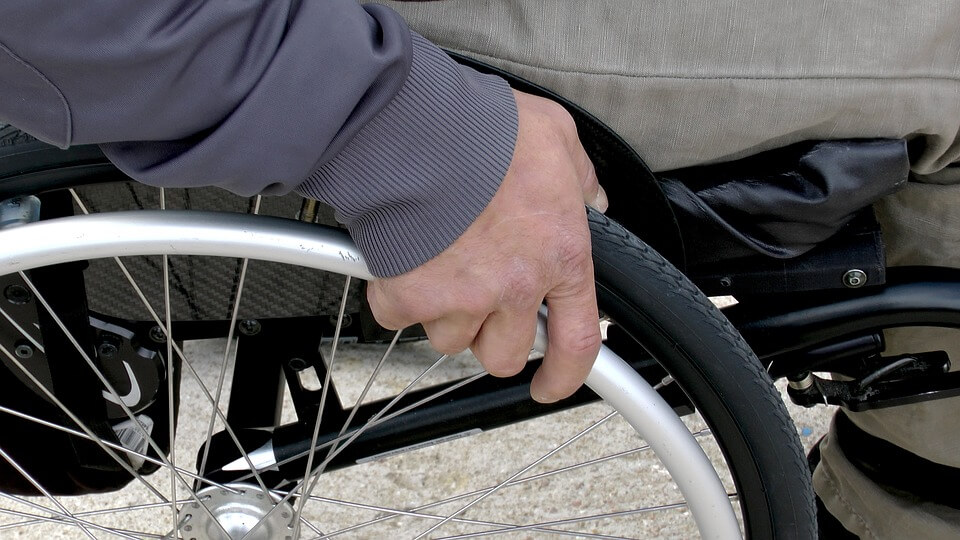For a person with mobility impairment, a wheelchair is a new lease on life. Wheelchairs don’t “confine” people, but liberate them by giving them their wheels. It offers people confidence to continue to be independent.
Selecting a wheelchair that is right for the user can be really confusing, especially if the user has never used one before. The best option, therefore, would be to consult with an occupational therapist to know about all the options available in the market and the one that would be right for the user. For most people, the first wheelchair is usually the one that is being paid for by the insurance company. However, the second one is usually the one that people actually spend some time deciding and selecting based on its look, features, performance, comfort, etc. This wheelchair guide will help you find the perfect one for yourself or your loved one.
What should you consider before buying your wheelchair?
Before buying a wheelchair, It is important to consider carefully what the user wants to achieve with the wheelchair.
- Consider the amount of mobility they need and the things they want to be able to do. It is also imperative to understand the user’s condition, their special needs, and the kind of activities they need to do every day.
- Consider things like whether the wheelchair will be used every day or occasionally, the places the user will need to access while in the device, how active the user is, and so on.
- Prioritizing your functions and expectations will help you in identifying the key features that your wheelchair will need to have, to meet your requirements.
- A wheelchair should be able to meet all the conditions surrounding the user, to function optimally.
- If it is a replacement wheelchair then a close consideration is required to note the things that did and didn’t work with the previous device.
- Consider the comfort, durability, and the functions of the device.
- The user’s weight and growth, environment factors, propulsion methods, transfers, and transport of the wheelchair all need to be considered closely.
- Considering whether or not the user has upper body strength will decide whether a manual or a powered wheelchair will best fit the user.
- Consider the type of activities the user will take part in every day.
What are the different types of wheelchairs?
There’s a variety of wheelchairs available in the market today, each focusing on specific user requirements,
Manual Wheelchairs are of two kinds
- Self-propelled
Designed specifically for, and are preferred by users who are capable of maneuvering the device on their own and have the required upper body strength to steer and push the large black wheels. These devices also have handles on the back for attendants to push the chair along if needed.
- Non-Self propelled
These wheelchairs are designed for users who are unable to move by themselves. With smaller back wheels, these need to be pushed by another person
Powered wheelchairs
These devices allow the user to travel without having their arms tired. These are ideal for people who can not move by themselves or do not have the upper body strength to maneuver the big wheels of a self-propelling device. These devices are often heavier and bigger so consider the accessibility and storage situation before buying one.
Transport wheelchairs
Designed for people who do not require wheelchair assistance all the time or are traveling. These devices are available in an array of weights and sizes. These wheelchairs can easily be dismantled, folded, and are easy to transport.
Reclining wheelchairs
If the user finds it difficult to sit for a long period of time, then this device may be a perfect fit for them. As the name suggests, these devices come equipped with backrest sections that recline back in adjustable angles.
Scooters
Scooters are a popular device that offers power mobility to its user who cherishes the fact that the device doesn’t look like a wheelchair. Scooters are 3 or 4 wheeled devices that have a tiller for steering and a footrest in the form of a seat-mount on a platform. Most scooters are equipped with a swivel seat that allows the user to be transferred to a sitting or a standing position easily. Although safe indoors, scooters might not be the safest option for traveling outdoors, especially while turning at a high speed. Be aware that unlike other power wheelchairs scooters can not be adjusted or re-configured according to the changes in the user’s physical status, and are not flexible at all.
To conclude,
Choosing the right wheelchair for your loved one might seem like a gigantic task but with some planning, research, and thought, you can find the wheelchair that best fits the user and their needs. A consultation with a therapist can point you in the right direction.
.
.







